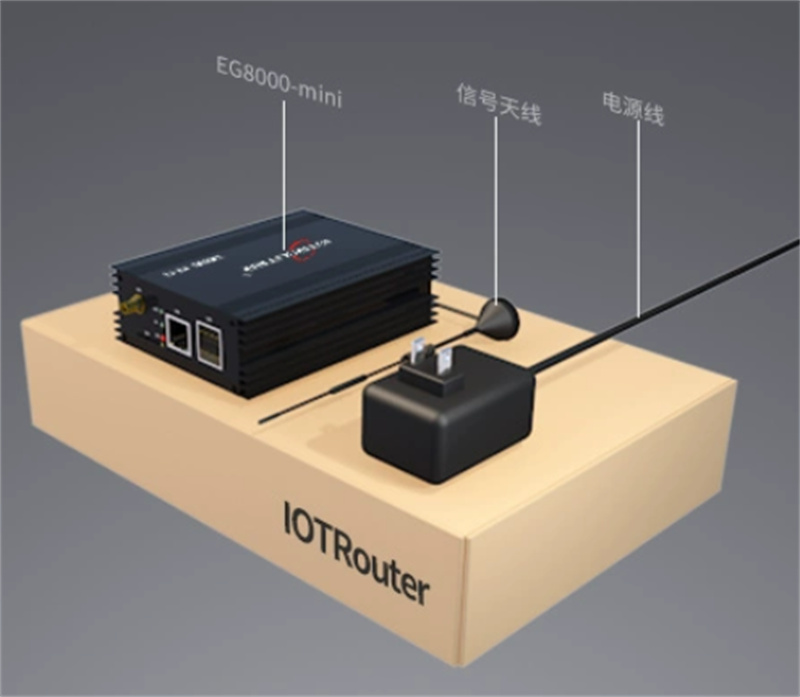GSM cards and SIM cards are two common cards in the communication field. They have some differences in functions and have different application scenarios in the communication field.
History of Development
In the 1980s, the first generation of mobile communication technology (1G) was introduced, relying primarily on analog signals for communication. Subscriber authentication was accomplished primarily through physical devices.
In 1991, the GSM standard was officially launched, marking the beginning of the second generation of mobile communications (2G).GSM technology introduced digital signal processing, which improved the quality and security of communications.
With the rollout of GSM, the SIM card was created as a solution for subscriber authentication and data storage. 1991 saw the introduction of the first SIM card by Giesecke & Devrient.
As the 21st century progressed, the capacity and functionality of the SIM card continued to increase as technology continued to advance, from the initial ability to store a few hundred phone numbers to the current ability to store thousands of contacts and complex application data.
In the last few years, eSIM (embedded SIM) technology has become popular, allowing users to manage SIM information remotely through software. This technology opens up new possibilities for IoT and mobile device connectivity, simplifying the user experience.
What does a GSM、SIM card do?
The GSM card is a card used in the Global System for Mobile Communications (GSM). It is mainly used to store the user’s identity information and related keys. The main protocols used by GSM cards include the signaling system in the GSM standard, which ensures effective communication between the device and the network.
The SIM card is the abbreviation of Subscriber Identity Module, which is used to store the user’s identity information and contact information on the mobile device. The SIM card allows the subscriber to access network resources by authenticating with the base station of the mobile network.The SIM card relies on the ISO/IEC 7816 standard for its operation, which ensures its compatibility between different devices.
Protocol standards
GSM Standard: The GSM standard was developed by ETSI (European Telecommunications Standards Institute) and covers many aspects of wireless communications, including frequency allocation, signal coding and encryption methods.GSM networks are based on TDMA (Time Division Multiple Access) technology, which allows multiple users to communicate on the same frequency.
SIM card standard: SIM cards follow the ISO/IEC 7816 standard to ensure their interoperability between different devices. This standard defines the physical dimensions, electrical characteristics and communication protocols of the card.
From a definition point of view, we can see that GSM cards and SIM cards are both used to store user identity information and are somewhat similar in function.

Some differences between GSM card and SIM card
Difference 1: In terms of form, the GSM card is usually larger than the SIM card, because it is not only used to store user information, but also may be used to store some other data, such as text messages, contact information, etc. The SIM card is mainly used to store the user’s identity information and contact information, so it is relatively small in size.
Difference 2: In terms of use, GSM cards are mainly used to store users’ identity information and keys, while SIM cards are more used to store users’ contact information and communication records. Therefore, in mobile communication systems, GSM cards are more used for security-related functions such as identity recognition and encryption and decryption, while SIM cards are more used for establishing communication connections and storing communication data.

Difference 3: In actual applications, GSM cards and SIM cards also have different application scenarios. For example, in the field of mobile phones, most mobile phones use SIM cards to store users’ contact information and communication records, while in some devices with higher security levels, GSM cards may be used for authentication and encrypted communications. In the field of Internet of Things, SIM cards are more common because communication devices need to store a large amount of contact information and communication data.
Comparative Analysis
| Feature | GSM Card | SIM Card |
|---|---|---|
| Size | Generally larger | Generally smaller |
| Primary Function | Identity verification and encryption | Contact management and communication |
| Application | High-security environments, authentication | Everyday mobile devices, IoT |
| Security Level | Advanced encryption methods | Standard security features |
| Future Trends | Adoption of eSIM, 5G capabilities | Enhanced data management, multi-profile support |
In general, GSM cards and SIM cards have some differences in functions and applications. They each play an important role in the field of communications. In practical applications, we need to choose appropriate cards according to specific scenarios to meet different communication needs.



